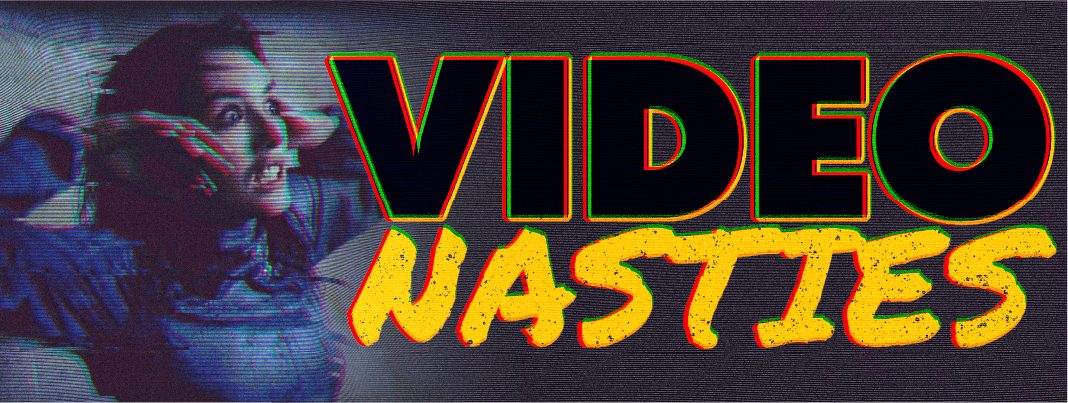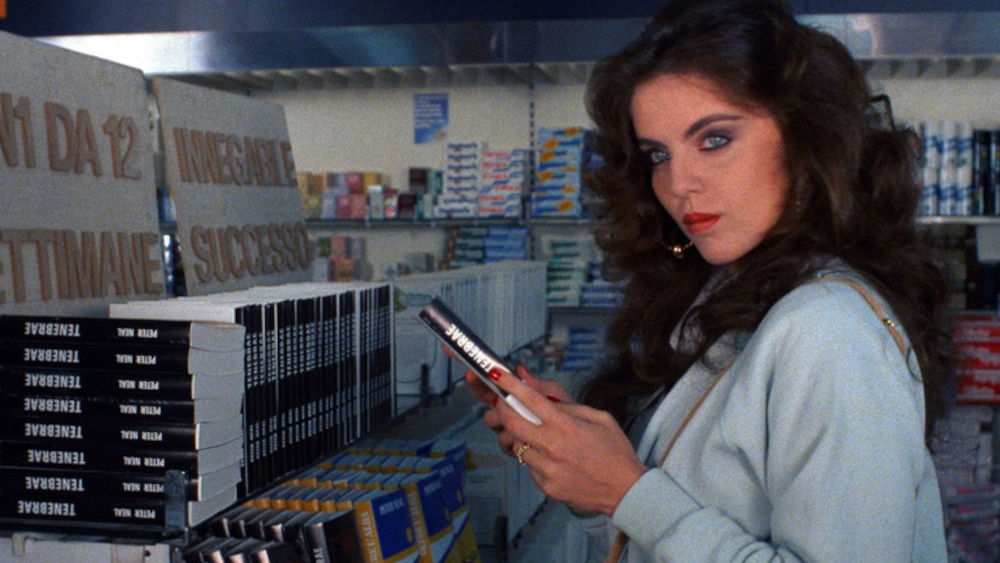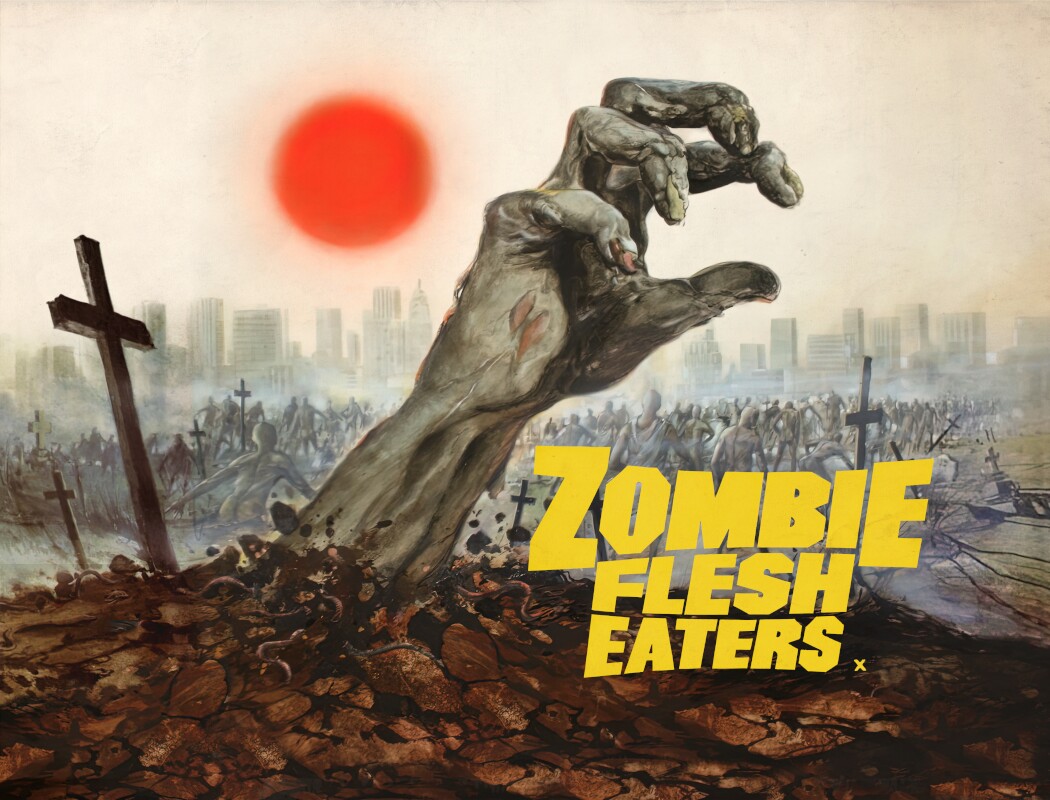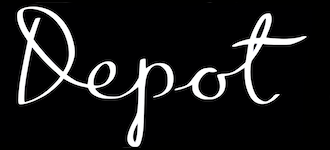
Video Nasties
25 August – 15 September 2025
A season of films showcasing notorious ‘video nasties’ from the 1980s VHS era
About the season
One of the developments that was thought to spell the demise of cinema-going (along with television, Netflix and Covid) was the advent of the video cassette recorder (VCR) in the late 70s. Initially playing VHS or Betamax tapes the device meant that people could watch films at home by renting them either through the post or from small local video rental shops.
The quality was generally poor and the mainstream distributors initially avoided the option, concerned about video piracy (which did indeed become a big thing) and the potential cannibalisation of cinema sales. This meant that a lot of smaller independent films were rented out with an emphasis on exploitation titles, complete with lurid covers. These primarily originated with those shown in US “grindhouse” cinemas or from Italy, where “giallo” filmmakers were pushing the envelope in terms of ultra violent contents.

Tenebrae (1982)
The fun began to kick off when it became clear that the British Board of Film Censors (now Certification) had no powers over video rental releases. The only protection was the police evoking a 1950s obscenity law which was no longer fit for purpose. With no controls in place some extremely graphic films entered typically puritanical British homes.
Then into the fray came Mary Whitehouse…
What happens next will be the subject of an upcoming talk about the history of video nasties. And we are also screening four of the 73 films which were initially banned. Although trigger warnings will be much in evidence the chosen three do avoid some of the more offensive types of content, and are probably the best films on the list.

Young American directors often cut their teeth on low budget horror films which were cheap to make and got them noticed. Among these Sam Raimi made arguably the most famous nasty The Evil Dead (1981) a splatter gore fest with plenty of humour which has spawned several sequels and remakes. But on the Italian side it was more established directors who made extreme horror movies, notably Maria Bava, Dario Argento and Lucio Fulci. Fulci managed to get two on the list including the extraordinarily gruesome Zombie Flesh Eaters (1979), undoubtedly inspired by the George Romero films but going way beyond the excesses of those movies. But it was a reputable production with Ian McCulloch, Richard Johnson and Mia’s sister, Tisa Farrow. Dario Argento is now considered a significant horror auteur but his colourful and stylish slasher Tenebrae (1982) also found itself on the list.
Out of all the films that were banned, criticised and confiscated one stands out – Possession (1981) with a young Sam Neill and a terrific Isabel Adjani (she won best actress at Cannes) as a traumatised couple going through a messy break-up (subsequent rumours indicate the actors were also traumatised). Scenes of body horror and an infamous freak out in a subway make this one of the most disturbing films ever made.
